Introduction
Chuanbei stewed pear, a time-honored remedy in traditional Chinese medicine (TCM), has been cherished for centuries as a soothing elixir for respiratory discomfort. This dish combines the delicate sweetness of pears with the medicinal properties of Fritillaria cirrhosa—commonly known as Chuanbei—to create a nourishing broth that alleviates coughs, reduces phlegm, and moistens the throat. Often consumed during colder months or when seasonal ailments strike, this recipe is both a culinary delight and a holistic health tonic. In this comprehensive guide, we will explore the history, ingredients, and meticulous preparation required to craft this ancient remedy, ensuring you can replicate its benefits in your own kitchen.
The Origins and Benefits of Chuanbei Stewed Pear
Before diving into the cooking process, it is essential to understand the cultural and medicinal significance of this dish. Chuanbei, derived from the bulb of the Fritillaria plant, has been a cornerstone of TCM for its ability to clear heat, dissolve phlegm, and calm coughs. Pears, particularly varieties like Asian pears or snow pears, are prized for their juicy flesh and cooling properties, which complement Chuanbei’s effects. Together, they form a synergistic blend that soothes irritated throats, eases dry coughs, and supports lung health.
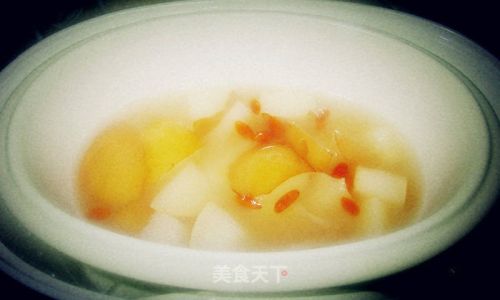
Modern adaptations of this recipe often include ingredients like rock sugar, honey, or ginger to enhance flavor and additional health benefits. Rock sugar, for instance, is believed to harmonize the ingredients’ energies in TCM, while honey adds antimicrobial properties. Ginger introduces a warming element, balancing the dish’s cooling nature.
Ingredients: Selecting the Finest Components
Creating an authentic Chuanbei stewed pear requires careful selection of ingredients. Here’s a breakdown of each component and why it matters:
-
Pears: Opt for firm, ripe pears with smooth, unblemished skin. Asian pears (also called apple pears) are traditional, but Bosc or Bartlett pears work well in Western kitchens. Avoid overly soft or bruised fruit, as they may disintegrate during cooking.
-
Chuanbei (Fritillaria Bulb): This is the star ingredient. Available in dried form at Asian markets or herbal pharmacies, Chuanbei resembles small, off-white scales. Ensure it is labeled for culinary use, as some varieties are strictly medicinal.
-
Rock Sugar (Bing Tang): A translucent, minimally processed sugar, rock sugar is preferred for its mild sweetness and perceived therapeutic qualities. Substitute with raw cane sugar or honey if unavailable.
-
Water: Use filtered or spring water to avoid impurities that might affect the broth’s clarity.
-
Optional Additions:
- Fresh Ginger: A thumb-sized piece, peeled and sliced, adds a subtle spiciness.
- Dried Jujube (Red Dates): Enhances sweetness and contributes blood-nourishing properties.
- Wolfberries (Goji Berries): Adds a pop of color and antioxidant-rich flavor.
Equipment Checklist
- A heavy-bottomed pot or ceramic stewing pot (to ensure even heat distribution)
- A sharp paring knife and cutting board
- A mortar and pestle (for crushing Chuanbei, if needed)
- A fine-mesh strainer or cheesecloth (for straining the broth, optional)
Step-by-Step Preparation Guide
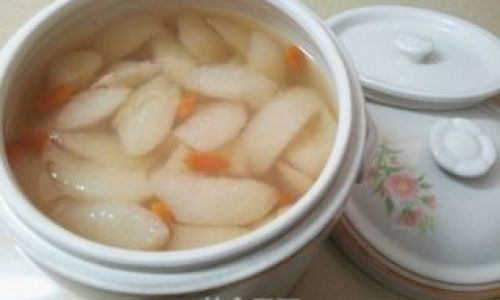
Preparing the Pears
- Wash and Peel: Rinse the pears under cool water. Use a vegetable peeler to remove the skin, ensuring no dirt remains. Retaining the skin is possible for added fiber, but traditional recipes often peel them for a smoother texture.
- Core the Pear: Halve the pear lengthwise. Use a melon baller or small spoon to scoop out the core, seeds, and fibrous center. Some recipes leave the pear whole with the stem intact for aesthetic appeal, but halving ensures even cooking.
- Optional: Sculpting the Pear: For a decorative touch, carve a small star or flower into the flesh using a paring knife. This step is purely cosmetic but adds a charming touch to the final presentation.
Processing the Chuanbei
- Grinding: If using whole Chuanbei scales, place them in a mortar and gently crush into coarse pieces. Avoid reducing them to powder, as larger fragments release flavor gradually during cooking.
- Soaking (Optional): Soak crushed Chuanbei in warm water for 10 minutes to soften slightly, reducing cooking time.
Assembling the Stew
- Layer Ingredients: Place the prepared pears in the pot, cut-side up. Tuck Chuanbei pieces into the pear cavities or scatter them around the fruit.
- Add Sweeteners and Aromatics: Sprinkle rock sugar over the pears. Add ginger slices, jujube, or wolfberries if using.
- Hydrate: Pour enough water into the pot to submerge the pears halfway. Overfilling may dilute the flavors, while too little liquid risks burning.
Cooking Techniques
- Simmering: Bring the pot to a gentle boil over medium heat, then reduce to a low simmer. Cover partially to allow steam to escape slowly, concentrating the flavors.
- Timing: Stew for 45 minutes to 1 hour, or until the pears turn translucent and the broth deepens to a golden hue. Check periodically to ensure the liquid doesn’t evaporate completely; add splashes of hot water if needed.
- Enhancing Flavor: In the final 15 minutes, baste the pears with the broth to infuse them with sweetness. For a richer taste, drizzle honey over the pears during this stage.
Finishing Touches
- Strain or Serve: Ladle the stew into bowls, pears and all, or strain the broth for a clearer consistency. Garnish with a sprinkle of wolfberries or a cinnamon stick for elegance.
- Temperature: Serve warm to maximize its soothing effects, though it can also be chilled for a refreshing summer treat.
Tips for Perfecting Your Chuanbei Stewed Pear
- Pear Variety Matters: Asian pears hold their shape better during cooking, while European pears may become softer. Adjust cooking time accordingly.
- Sweetness Balance: Taste the broth before serving and adjust sweetness with extra rock sugar or honey. Avoid over-sweetening, as it may overwhelm the Chuanbei’s subtle bitterness.
- Storage: Leftovers keep refrigerated for up to 3 days. Reheat gently to preserve flavors.
- Vegetarian/Vegan Adaptations: Use agave syrup or maple syrup instead of honey for a plant-based version.
- Troubleshooting: If the broth tastes too bitter, add a pinch of salt to mellow the flavor. For thin broth, simmer uncovered for 10–15 minutes to reduce.
Health Benefits and Modern Applications
Beyond its traditional use, Chuanbei stewed pear has gained attention in wellness circles for its potential to:
- Alleviate Respiratory Issues: Studies suggest Fritillaria extracts may reduce inflammation in airways, aiding conditions like bronchitis.
- Hydrate and Soothe: The pear’s high water content and mucilaginous properties provide relief for dry throats.
- Boost Immunity: Rich in vitamin C and antioxidants, this dish supports overall immune function.
However, consult a healthcare provider before using Chuanbei, as it may interact with certain medications.
Cultural Variations and Innovations
While the classic recipe remains revered, modern chefs and home cooks have introduced creative twists:
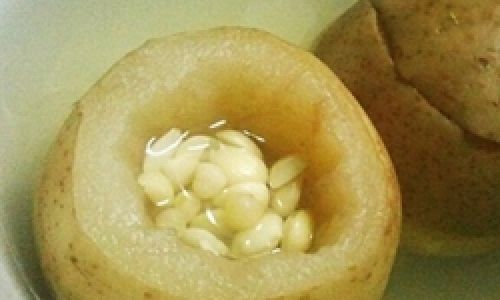
- Spiced Version: Add a star anise pod or cinnamon stick during cooking.
- Alcohol Infusion: Deglaze the pot with a splash of brandy or Chinese rice wine before simmering.
- Herbal Blends: Combine Chuanbei with goji berries, licorice root, or chrysanthemum flowers for enhanced effects.
Conclusion
Chuanbei stewed pear is more than a recipe—it is a testament to the enduring wisdom of TCM and the art of nourishing the body through food. By adhering to traditional techniques while embracing modern adaptations, you can create a dish that honors its heritage and delivers unparalleled comfort. Whether battling a stubborn cough or simply craving a warm, healthful treat, this elixir stands as a timeless reminder of the intersection between culinary craft and holistic healing.
Frequently Asked Questions
-
Can I use canned pears?
Fresh pears are recommended for their texture and flavor. Canned pears may become mushy and lack the same nutritional potency. -
Is Chuanbei safe for children?
Consult a pediatrician, as Chuanbei is potent and may not be suitable for young children. -
Can I omit the sugar?
Yes, but the sugar balances the Chuanbei’s bitterness. Use a natural sweetener like stevia if avoiding sugar. -
How long does the stew last?
Refrigerated in an airtight container, it lasts 3 days. Freeze for up to 3 months. -
What if I can’t find Chuanbei?
Substitute with honeysuckle flowers or mulberry leaves, though the medicinal effects will differ.
By following this guide, you embark on a journey to master a recipe that has nourished generations—one spoonful at a time.
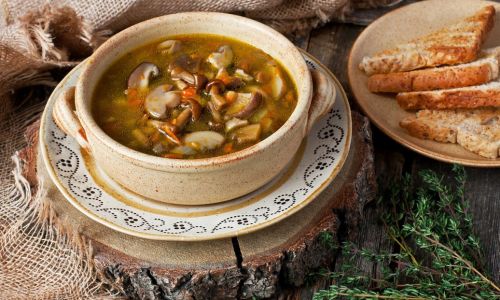
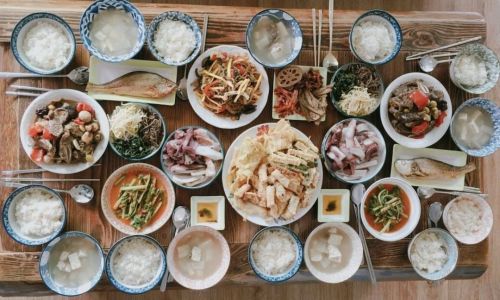

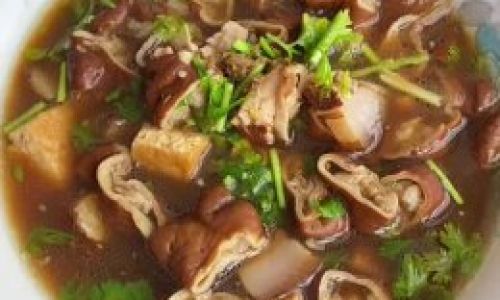

0 comments